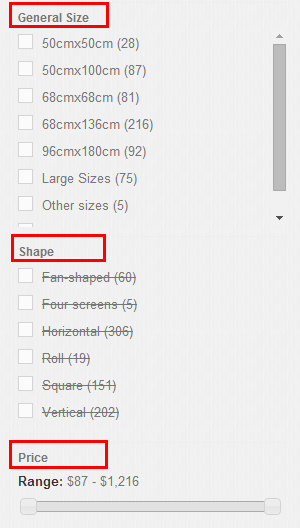The relationship between abstract art and contemporary culture has been a core topic concerned by the critics. In western theorists, in addition to the critics like Roger, Fry, Greenberg who engaged in abstract art criticism and practice, art historians like Meyer, Shapiro, Merlot, Ponty, Roland and Barthes also participated in the abstract art movement in full swing in the 1950s and 1960s. It was in the promotion of criticism and theory; the early years of the avant-garde abstract art rebellion were gradually replaced by the "legitimacy" of the mainstream art, and eventually became the art form of western mainstream as academicism. Instead, the development of abstract art in China was not so lucky. Among so many constraints, the backwardness of criticism and theoretical study was still an important reason.
Since 2000, with the increase of critics′ study and abstract art exhibitions,China’s abstract art became active again. Critics such as Gao Minglu, Yi Ying, Wang Lin, Yin Shuangxi, Wang Nanming, and Huang Zhuan published criticized thematic articles and Gao Minglu, Jia Xianting, Li Xu and Li Xiaochun had played a positive role in the promotion of diversification of abstract art through a series of exhibitions. The most representative was the critic Gao Minglu who has made a large number of academic activities and seminars for the past 3 years. What he had done has greatly contributed to the further study of China’s abstract art.
In the diversified pattern of Chinese contemporary painting, abstract painting has been in a marginalized position and long term played the role of "otherness" no matter in the Cultural Revolution, in the trendy period or in the diversified contemporary art. Abstract painting suffered a multifaceted censure: official art could not accept it, because it was relative to the mainstream ideology; academic art could not completely accept it, because the existence of abstract painting questioned the legitimacy of the whole painting model centered on shape, structure, concrete realism and plot narrative; modernism in the trendy period could not accept it, because Chinese traditional painting lacked the conditions to produce abstract art, since abstract painting was only borrowed from western abstract art without the originality of language and painting concept; contemporary China’s mainstream “picture” painting rejected the abstract, whose artists generally considered that abstract painting consumed the artist’s creative passion in the abstract pattern, and could not put forward constructive suggestions for the building of contemporary culture and China’s real life. Therefore, abstract art has been in a marginalized position.
You have to 'understand' abstract art with a different part of you, one that you may not normally use or be familiar with. Essentially, you must: Accept that it is what it is. Don't try to pinpoint an exact meaning for an image. Look at abstract art in the same way that you would listen to a symphony. When you listen to music, you don't try to hold on to the notes - you let them wash over you. Let your eyes wander over the painting the way the notes of a symphony wash over your soul. Let your eyes play with the painting, slipping around corners, following the twirls, twists and turns, dipping in and out of the surface. Understanding abstract art requires an inventiveness that invites you to discover for yourself the meaning behind the work. It is not easy to grasp, like still life, portraits, or other form of representational art, because it is open to interpretation in a way that representational art is not.







Nice painting.